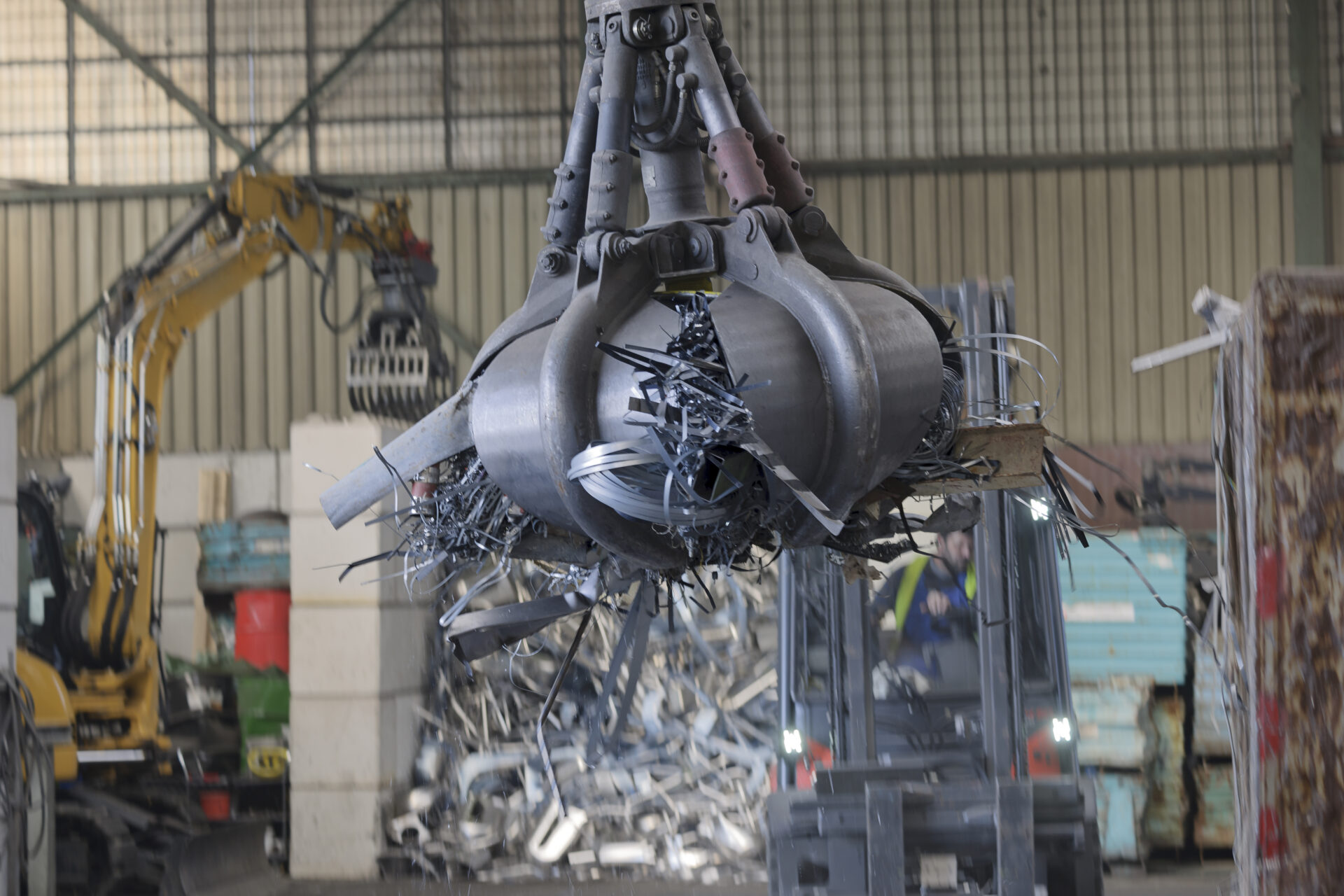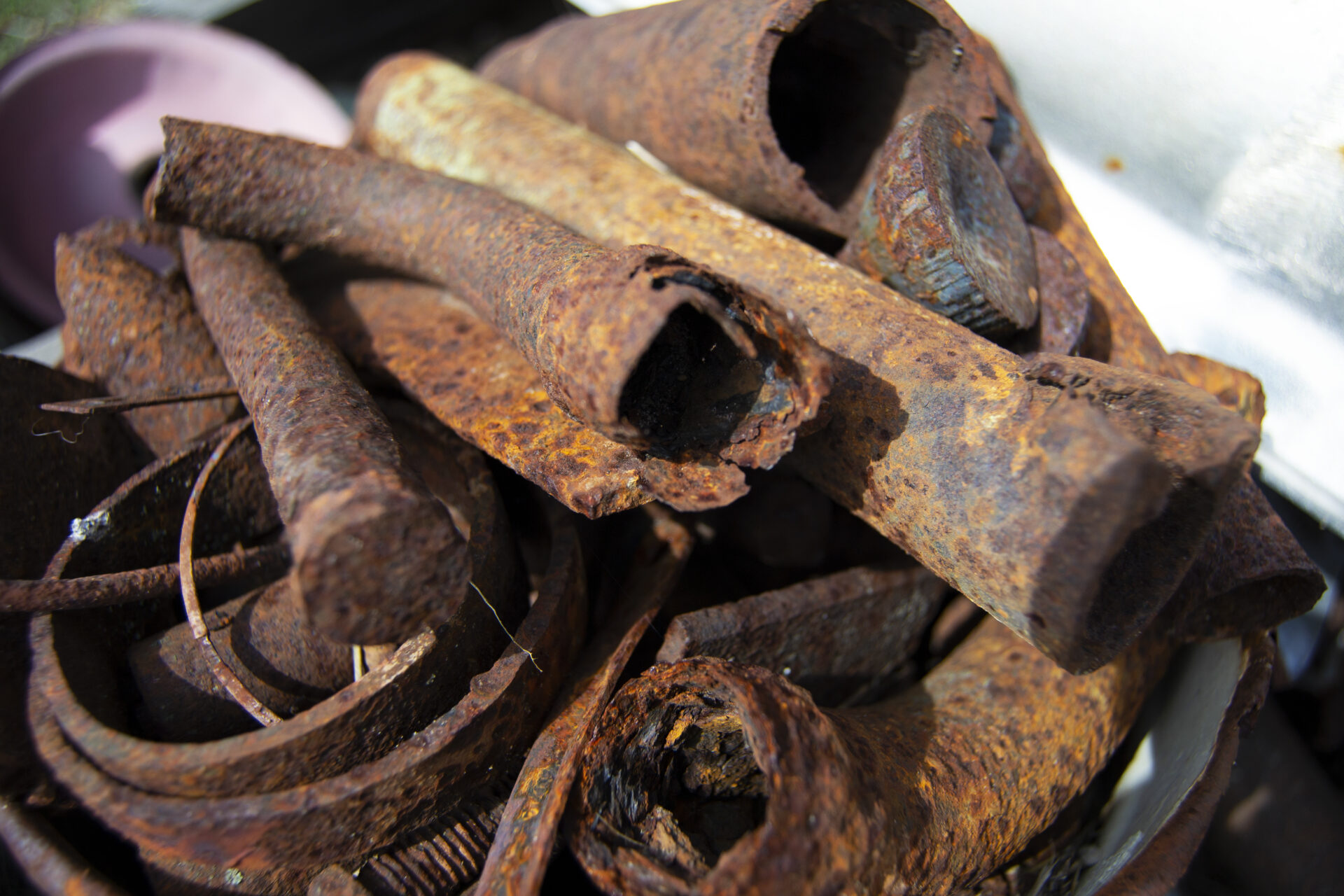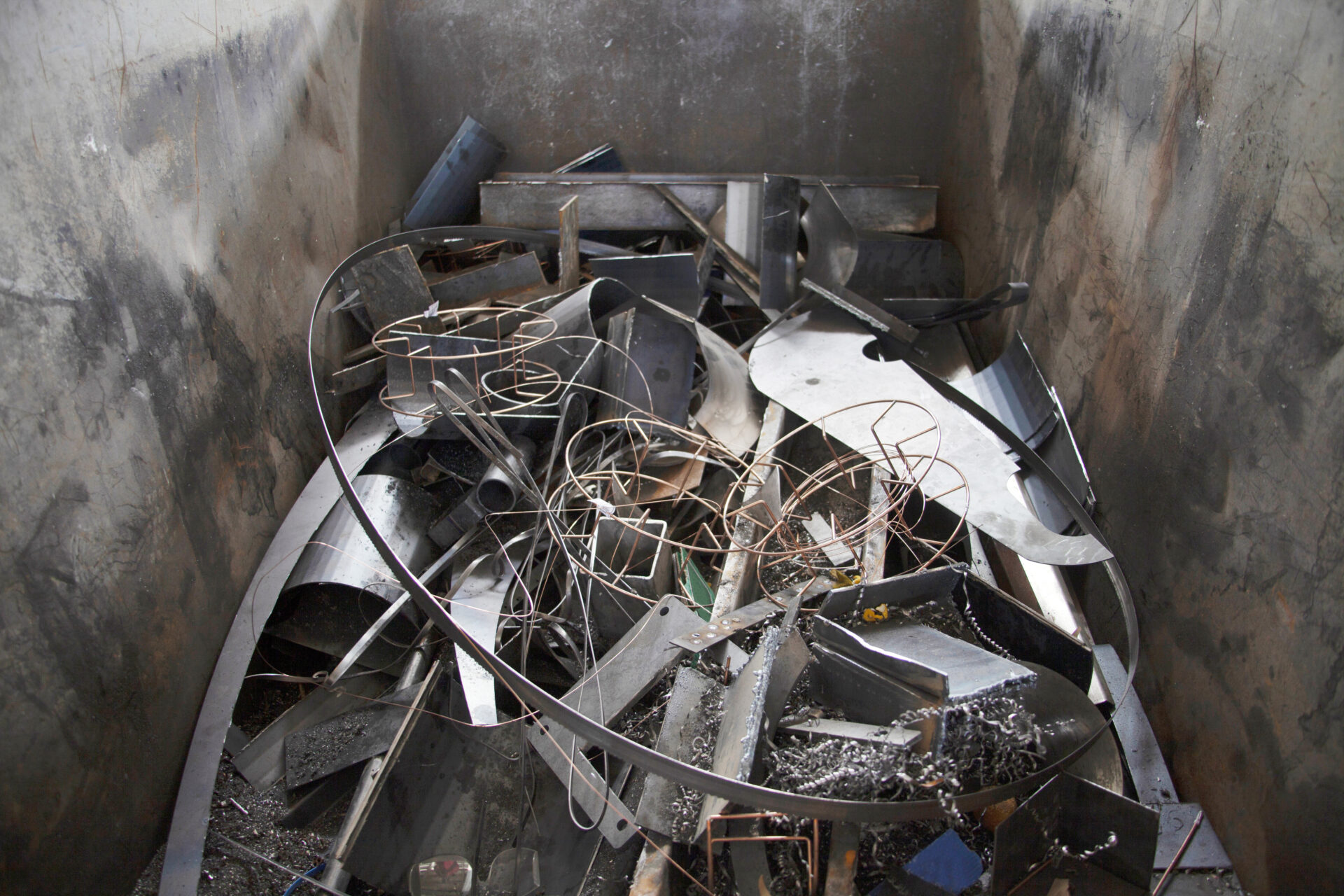
In a world increasingly conscious of sustainability and resource conservation, the practice of recycling and sorting scrap metal has gained immense importance. Whether you’re an environmentally-conscious individual or a business looking to maximize your returns, efficiently sorting and recycling scrap metal can offer you substantial financial and ecological benefits.
While the process may seem straightforward, there are numerous strategies and insights to discover that can help you extract the utmost value from your metal scraps. In this blog, we’ll explore the importance of sorting scrap metal, revealing tips and techniques that will empower you to unlock the best value, both for your pocket and the planet.
Let’s delve into the world of scrap metal recycling and discover how to make the most of your scrap!
Why Do We Sort Scrap Metal?
Metals are unique because they don’t biodegrade like organic materials. Instead, they persist for an extended period, posing the potential for environmental harm if not managed properly (i.e. throwing metal in the trash). However, metals have an extraordinary capacity for renewal through recycling. This is why sorting scrap metal is of paramount importance.

By separating different types of metal and ensuring contaminants are removed, we pave the way for the most efficient recycling process. When scrap metal arrives at a specialized recycling center in a well-sorted condition, it can be melted down and repurposed with minimal energy resource expenditure. This reduces the need for mining new metals and minimizes environmental impact.
In this way, scrap metal sorting becomes a vital link in the sustainable chain, contributing to both resource conservation and environmental protection. So, let’s dive into the details of how to best sort your scrap metal for maximum value and minimum ecological footprint.
How to Sort Scrap Metal in 5 Easy Steps
In order to get the most value for your scrap metals, you need to distinguish the types of metal you want to recycle. Familiarize yourself with the specific requirements of your chosen recycling center. Some centers may have their own container specifications or guidelines for sorting, so it’s a good idea to be aware of these in advance.
Now, let’s discuss the steps you can take to properly sort scrap metal.
1. Prepare Your Containers
To start the scrap metal sorting process, it’s essential to prepare your containers meticulously. The importance of this step cannot be overstated because it sets the foundation for an organized and efficient sorting operation. Consider using large, sturdy containers, such as bins or barrels, that can accommodate the different types of metal you intend to sort.
What’s equally crucial is clearly labeling each container to specify the type of metal it’s designated for—whether it’s aluminum, copper, brass, or any other variety. By doing so, you not only avoid confusion during the sorting process but also ensure that your efforts are tailored to maximize the value of your scrap.
We recommend setting aside containers for the following metals:
- Aluminium
- Iron
- Stainless steel
- Normal steel
- Copper
- Brass
2. Use a Magnet to Test the Metals
A valuable tool in the scrap metal sorting process is the simple yet effective magnet test. This method provides an initial and rapid means of distinguishing between ferrous and non-ferrous metals. The beauty of the magnet test lies in its accessibility—virtually anyone can employ it.
Ferrous metals, which contain iron, are strongly attracted to magnets, causing the magnet to cling to them. On the other hand, non-ferrous metals exhibit no magnetic attraction, and the magnet will slide off or remain unaffected when brought into contact with them.
This straightforward test is particularly handy when you’re faced with a pile of unidentified scrap, as it helps you quickly sift through the materials and separate ferrous from non-ferrous elements, setting the stage for more precise sorting and a more profitable recycling venture.
3. Sort Ferrous and Non-Ferrous Metals
Once you’ve determined which metals are magnetic (ferrous) and non-magnetic (non-ferrous), you can start sorting these metals into the proper containers.
Ferrous metals: Ferrous metals are those that contain iron, making them magnetic in nature. Common examples of ferrous metals include steel and cast iron. Due to their magnetic properties, they are easily separated from non-ferrous metals during the sorting process using a simple magnet test.
Examples:
- Steel – This is one of the most common and widely recycled ferrous metals, found in various forms such as structural beams, car bodies, appliances, and even old railway tracks.
- Cast Iron – Used in a range of products, including pipes, engine blocks, and cookware, cast iron is a dense and durable ferrous metal that’s often recycled for its numerous applications in construction and manufacturing.
Non-ferrous metals: Non-ferrous metals are not magnetic. Instead, they encompass a wide range of valuable materials, such as aluminum, copper, brass, and stainless steel. Non-ferrous metals are highly sought after in recycling due to their resistance to corrosion and excellent conductivity. This makes them some of the best scraps to recycle.
Their non-magnetic nature makes them a bit trickier to identify but highly valuable once properly sorted, as they are often more economically lucrative to recycle compared to their ferrous counterparts.
Examples:
- Aluminum – Commonly found in beverage cans, window frames, and automotive parts, aluminum is lightweight, corrosion-resistant, and highly recyclable.
- Copper – Used in wiring, plumbing, and electronics, copper is a highly conductive and valuable non-ferrous metal often sought after in recycling.
- Brass – Brass, a copper-zinc alloy, is used in various applications, such as plumbing fixtures, musical instruments, and decorative items.
- Stainless Steel – This non-ferrous alloy, known for its resistance to corrosion, is found in kitchen appliances, cutlery, and medical equipment.
- Lead – While its use has declined due to environmental concerns, lead can still be found in batteries, radiation shielding, and some roofing materials.
4. Sort Scrap by Clean and Dirty Metals
Clean metals are those without any attachments or contaminants. This means they should be in their purest form, free from foreign materials like screws, bolts, or paint. Clean metal is more valuable to recycling centers because it requires less processing.

If there are attachments, such as screws or nails, they should be removed from the metal before recycling. However, there’s an exception to this rule when the attachments are made of the same type of metal. In such cases, the metal can still be considered “clean.” This is less common with copper and aluminum but can increase the value of your scrap if applicable.
On the other hand, dirty metals often exhibit signs of oxidation, rust, paint, or may have attachments. To maximize the value of your scrap, it’s essential to set aside the clean metals and address the dirty ones separately. Cleaning and removing contaminants from dirty metals not only enhances their recyclability but also minimizes the environmental impact by reducing the energy and resources needed for processing.
5. Bring Your Scrap to a Recycling Center
The final and pivotal step in the scrap metal sorting journey is to transport your sorted materials to a reputable recycling center. When it comes to getting the most value for your scrap, a few key considerations come into play.
First, research and choose a recycling center known for fair pricing and environmentally responsible practices. It’s also essential to contact the center beforehand to inquire about their specific requirements and any potential incentives for well-sorted, clean scrap.
Transportation efficiency is another factor; consolidating your scrap into larger loads can save on time and costs. Some recycling centers offer pick-up options for larger items and commercial businesses. Additionally, staying informed about the current market prices for different types of metal can help you make informed decisions about when to sell.

Get the Best Value for Your Scrap at GLE
Unlocking the best value when sorting scrap metal is not just financially rewarding but also a meaningful step towards responsible resource management and environmental sustainability. By diligently categorizing your metals, differentiating between clean and dirty materials, and choosing a reputable recycling center, you can make a significant impact.
For those seeking a trusted partner in their scrap metal recycling journey, look no further than GLE Scrap Metal. With multiple locations throughout Florida and Michigan, GLE Scrap Metal offers a dependable solution for your recycling needs. To learn more about how to sort your scrap effectively and to request a quote for your materials, visit our website. Get the best value for your scrap and contribute to a greener, more sustainable future!




